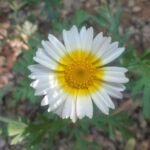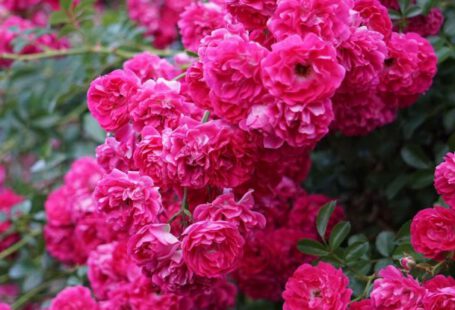**How to Collect and Store Rainwater for Garden Use?**
Rainwater is a precious resource that can benefit both the environment and your wallet. By collecting and storing rainwater, you can reduce your reliance on municipal water sources and provide your garden with a natural and sustainable watering solution. In this article, we will explore the various methods and benefits of collecting and storing rainwater for garden use.
**Selecting the Right Collection System**
When it comes to collecting rainwater for your garden, the first step is to choose the right collection system. There are several options to consider, including rain barrels, cisterns, and rain chains. Rain barrels are a popular choice for homeowners due to their affordability and ease of installation. Cisterns, on the other hand, are larger storage tanks that can hold a significant amount of water, making them ideal for larger gardens or properties. Rain chains are decorative alternatives to downspouts that guide rainwater into a collection container.
**Installing a Rainwater Harvesting System**
Once you have selected a collection system, the next step is to install a rainwater harvesting system. This involves connecting the collection system to your downspouts or gutters to capture rainwater as it flows off your roof. Make sure to position your collection system in an area that receives ample rainfall and is easily accessible for watering your garden.
**Benefits of Collecting and Storing Rainwater**
There are numerous benefits to collecting and storing rainwater for garden use. One of the primary advantages is that rainwater is free and abundant, making it a cost-effective alternative to municipal water. Additionally, rainwater is free of the chemicals and additives often found in tap water, making it a healthier option for your plants. By using rainwater in your garden, you can also reduce stormwater runoff and erosion, helping to protect the environment.
**Tips for Storing Rainwater Safely**
To ensure the quality and safety of your collected rainwater, it is important to follow some key tips for storage. First, make sure that your collection system is properly sealed to prevent contamination from debris, insects, or animals. Regularly clean and maintain your storage containers to prevent the growth of algae or bacteria. If using rainwater for drinking or edible plants, consider investing in a filtration system to remove any impurities.
**Maximizing the Use of Rainwater in Your Garden**
Once you have collected and stored rainwater, it’s time to put it to good use in your garden. Use a watering can or hose attachment to distribute the rainwater to your plants, focusing on the root zone to ensure optimal absorption. Water your garden early in the morning or late in the evening to minimize evaporation and maximize water retention. Monitor the moisture levels in your soil and adjust your watering schedule accordingly to prevent overwatering.
**Sustainable Gardening Practices**
Incorporating rainwater harvesting into your gardening routine is just one way to practice sustainable gardening. Consider other eco-friendly practices such as composting, mulching, and planting native species to create a more environmentally friendly garden. By making small changes to your gardening habits, you can reduce your carbon footprint and create a healthier ecosystem for your plants and the planet.
**Conclusion: Creating a Greener Garden with Rainwater**
In conclusion, collecting and storing rainwater for garden use is a simple and effective way to conserve water, reduce your environmental impact, and create a more sustainable garden. By selecting the right collection system, installing a rainwater harvesting system, and following best practices for storage and usage, you can maximize the benefits of rainwater in your garden. Embrace the power of rainwater and take your gardening efforts to the next level by incorporating this eco-friendly practice into your routine.





